Blog: How Do I Meditate?
Lots of people who practice mindfulness will rave about the benefits of meditating regularly and finding the time in our busy schedules to stop, take a deep breath, and reconnect with our bodies and minds.
Lots of people who practice mindfulness will rave about the benefits of meditating regularly and finding the time in our busy schedules to stop, take a deep breath, and reconnect with our bodies and minds.

But what is meditating? And how does one do it successfully? Contrary to popular belief, you don’t have to be a Buddhist monk or seeking the path to enlightenment to enjoy meditation and meditating frequently! We can all benefit from the moment of calm and reflection that meditation can bring our busy lives.
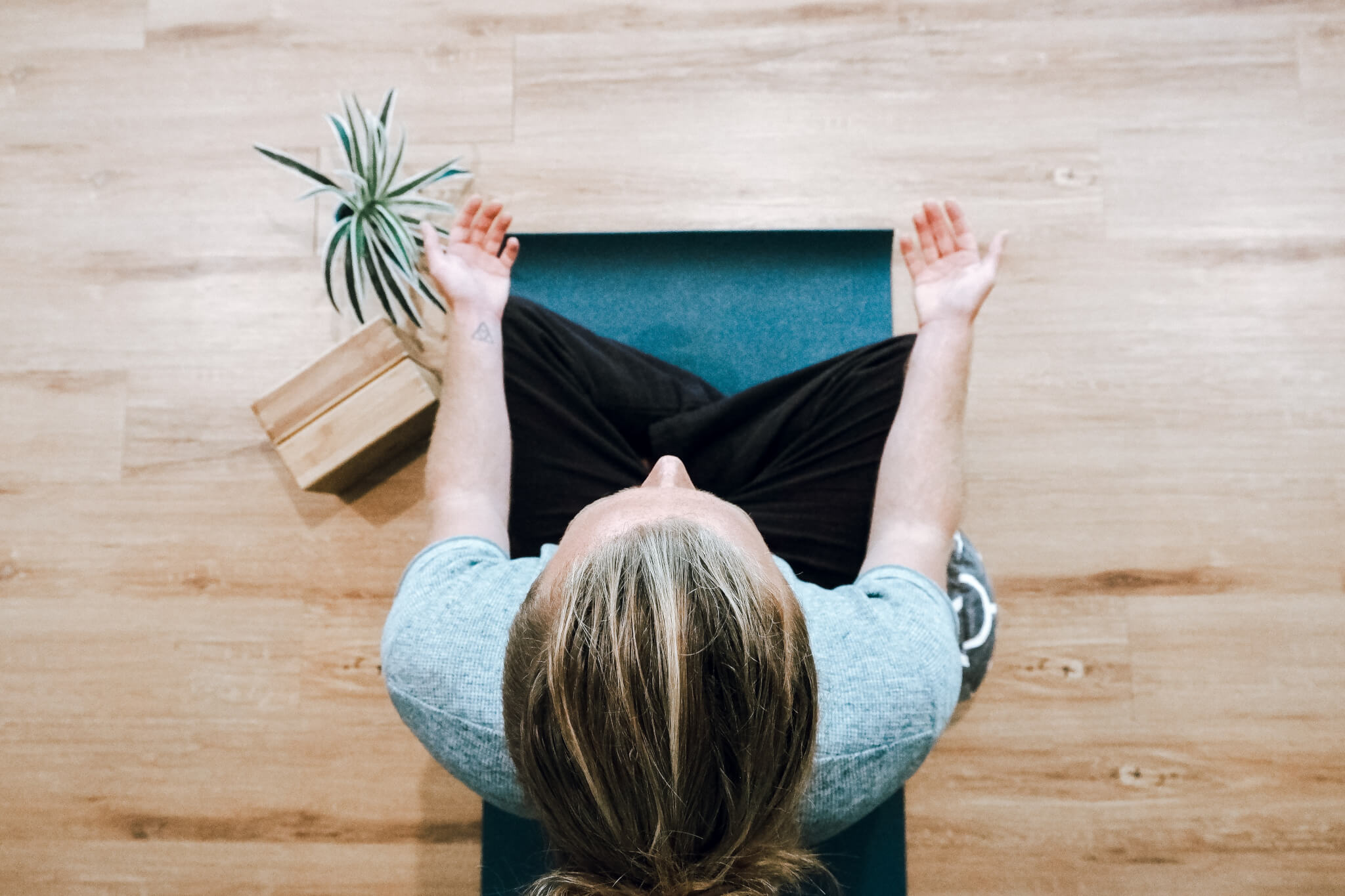
You will want to find somewhere where you won’t be distracted or disturbed during your meditation, and you will want to find yourself a comfortable place to sit while you take the time to meditate too to avoid having to shift your position too often. Make sure that you are not obstructing any important areas so that you can minimise the likelihood of being accidentally jostled while you meditate.
If you are at work, college or school and the environment is noisy, you may benefit from playing some white noise or very soft quiet music through headphones, or even using a guided meditating app like Calm or Headspace.
You can choose to sit with your feet on the floor, or cross legged, or you can kneel – all positions are fine! Just make sure that you can sit that way comfortably for the duration of your meditation.
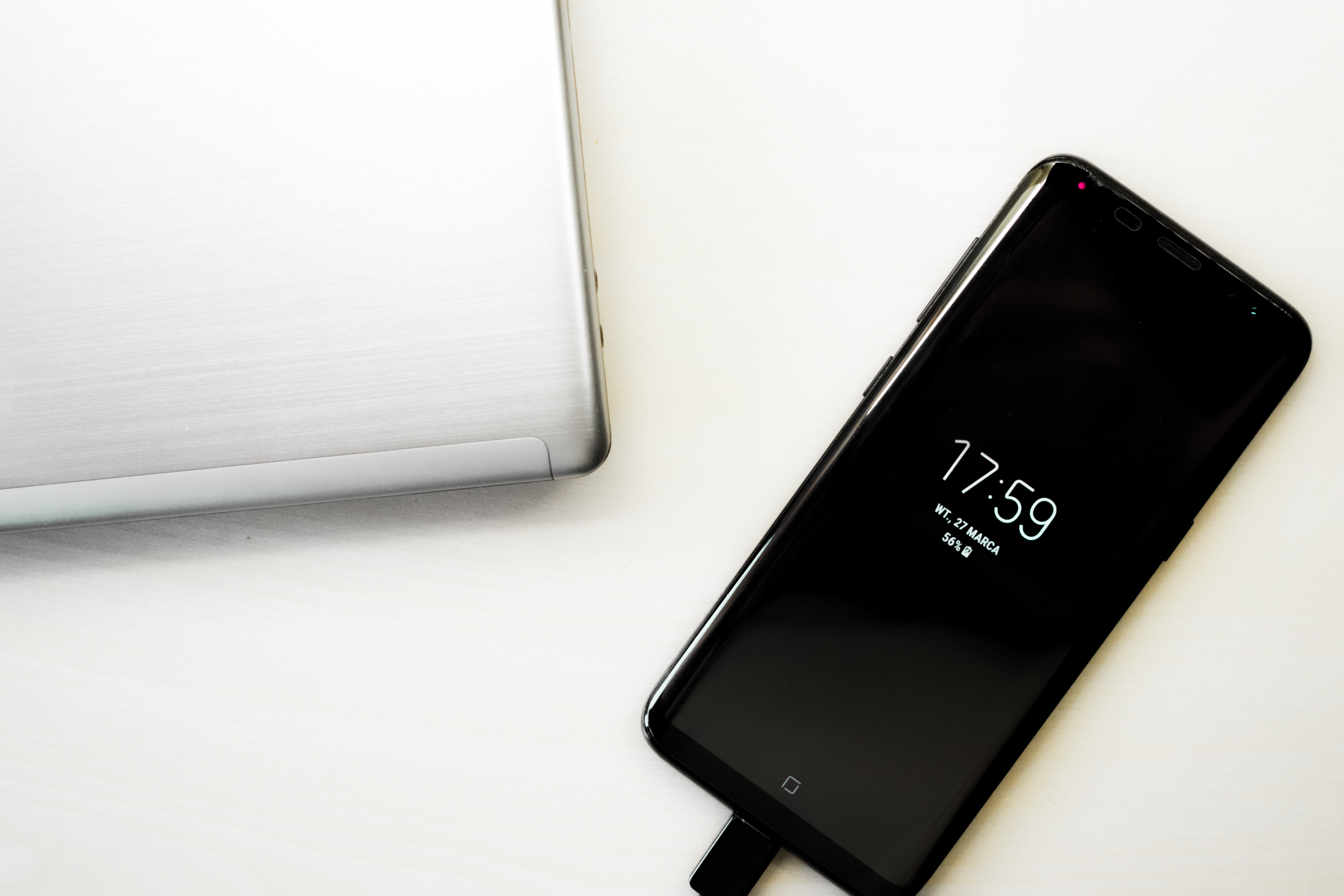
Start by setting a timer on your phone (and then set your phone to mute until the timer is up) – If you are new to meditation it can help to choose a short amount of time such as 5 to 10 minutes.
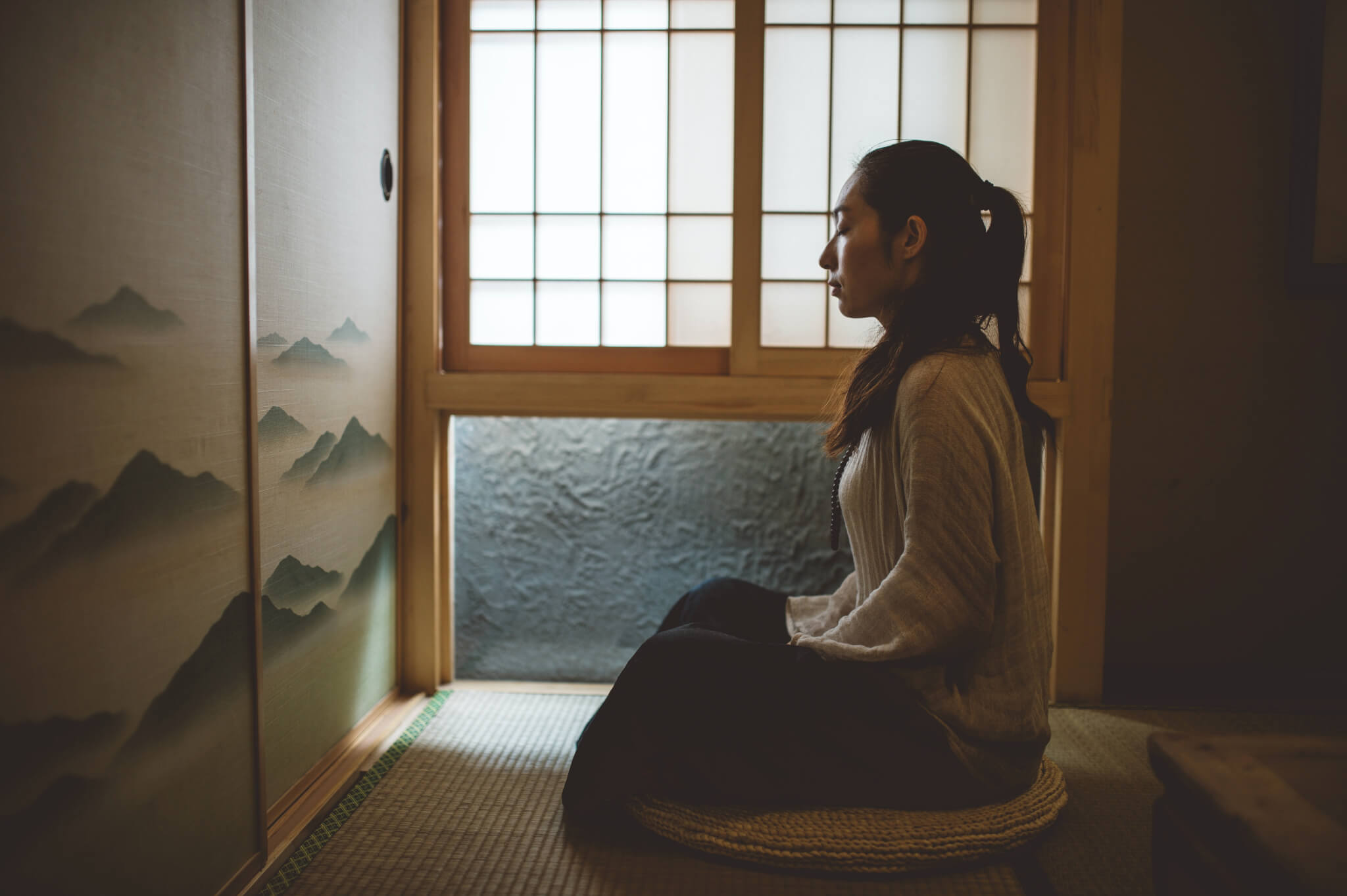
Start by taking some slow, deep breaths. Breathe in. Breathe out. Breathe in for 5 seconds, hold it, and then breathe out for 5 seconds. Notice how your breath goes in and out, how your lungs fill and then deflate. Focus on breathing down deep into your belly.
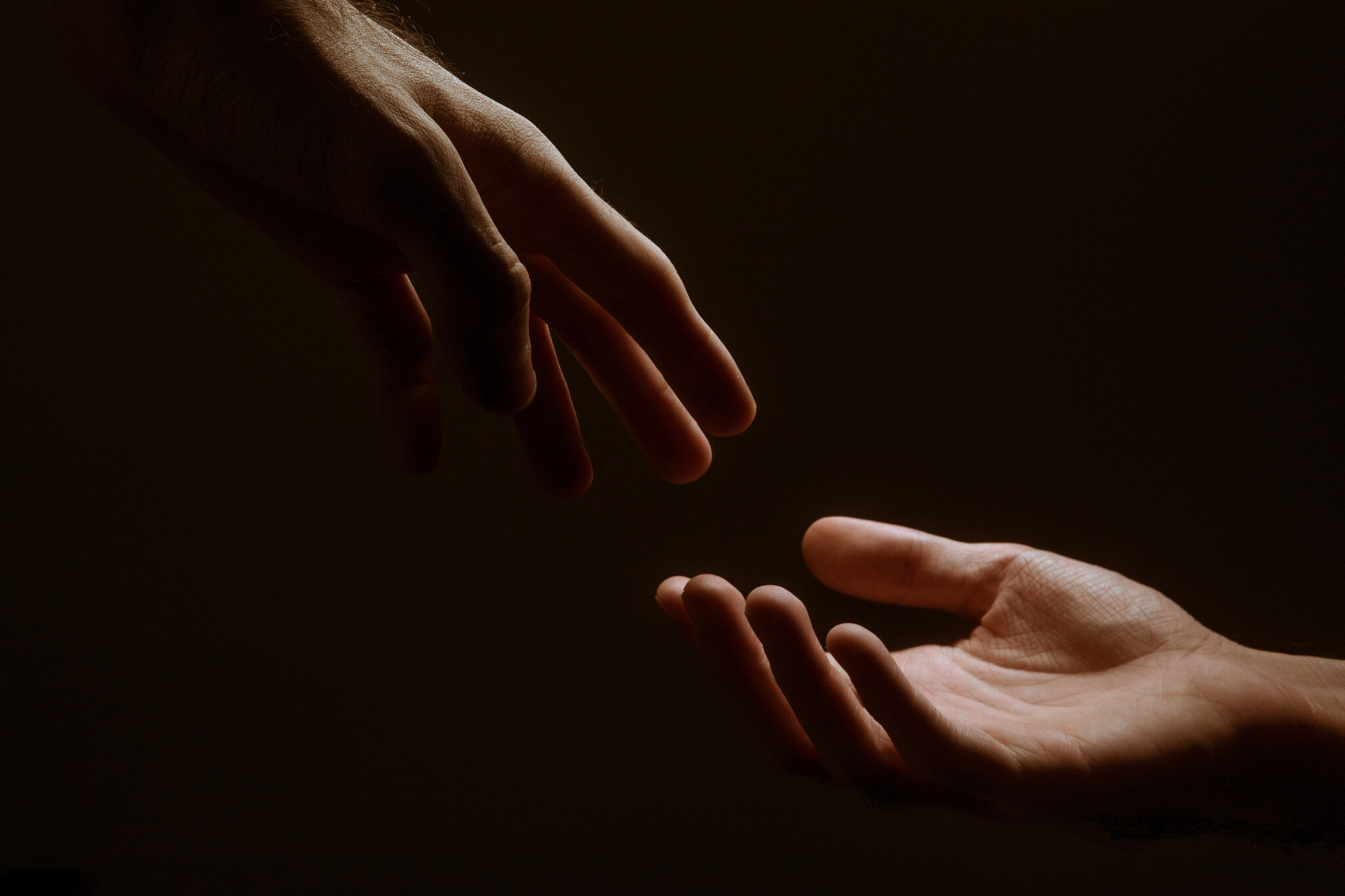
As you breathe, think about your body. Focus on your fingertips and your toes. Imagine your breath flowing into your body, and your blood pushing that oxygen through your limbs, down to your toes and fingers, and how your heartbeat slows the calmer you feel. Keep counting your breaths.

Inevitably, your mind might start to wander while you’re meditating. When you catch your mind wandering away from being focussed on your body and your breathing, gently return that focus back to the present and continue counting your breaths. Be kind to yourself when your mind does wander; our brains are fantastically complex machines that are capable of incredible things! But right now we need to focus on our bodies and our breathing.

As you come to the end of your meditation you can start to notice the things around you in the present. What do you hear? Open your eyes slowly, what do you see? What can you smell, touch, taste? Take a moment to be grateful for your surroundings, notice how your body now feels and where your thoughts are.
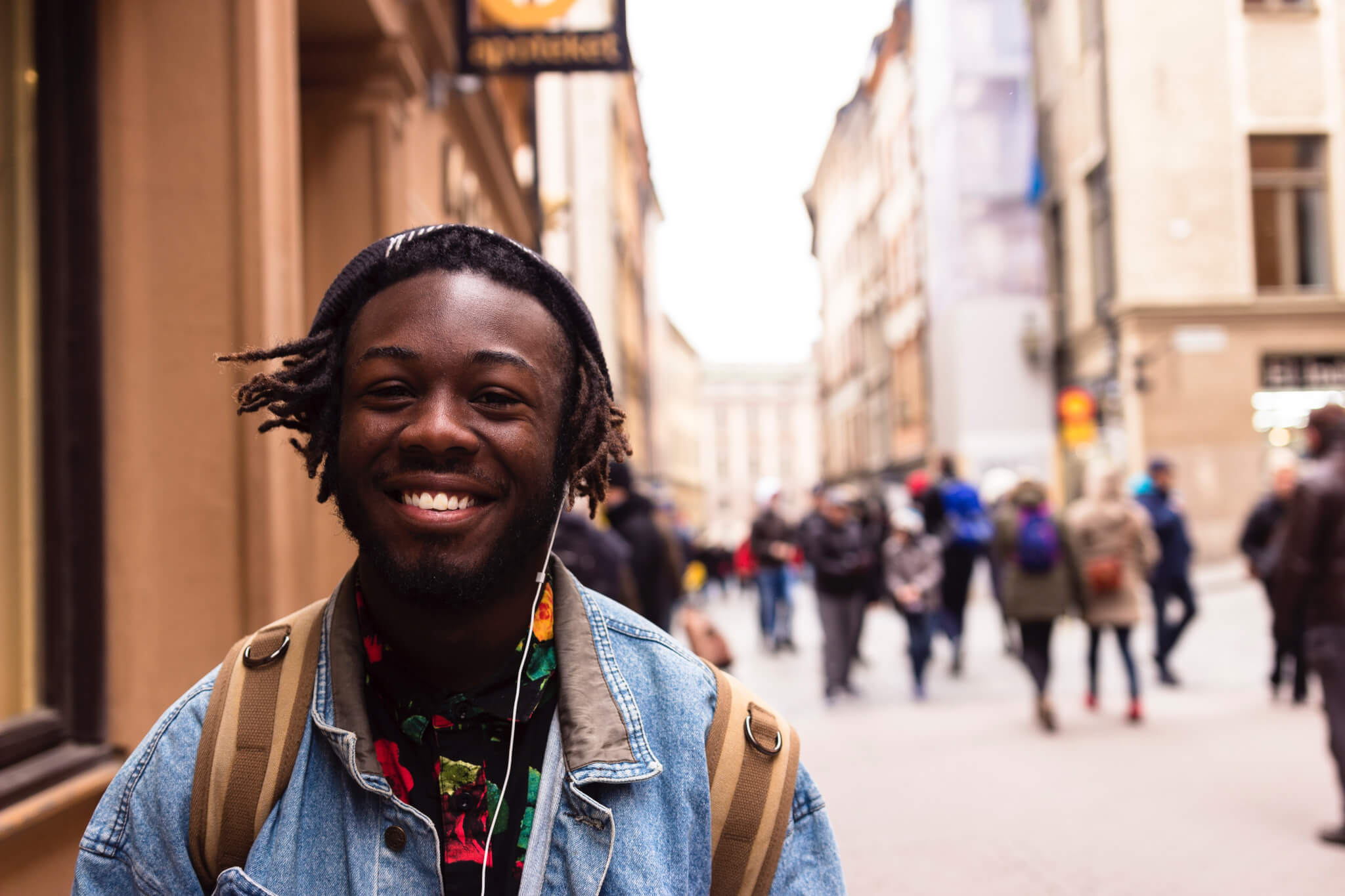
And finally – Take a deep breath and breathe it out. And that’s it! Congratulate yourself because you’ve just meditated for the first time!
Taking a moment to focus purely on your body and your breathing can do wonders for the mind. It can help you put some distance in your mind between what is upsetting you, hurting you, or stressing you out. It can help you focus on the moment by listening to your body, and noticing the things around you. It can help to soothe anger or anxiety and quell panic attacks when you feel them rising up.
Practicing meditation regularly can become an incredibly powerful mindfulness tool, but it can be challenging to find the time and space to practice successfully. But it’s equally important not to beat yourself up if you feel like you weren’t focussed enough, or the meditation did not distract you from your thoughts the way you wanted it to. Simply draw a line under it and say, ‘I will try again tomorrow’.